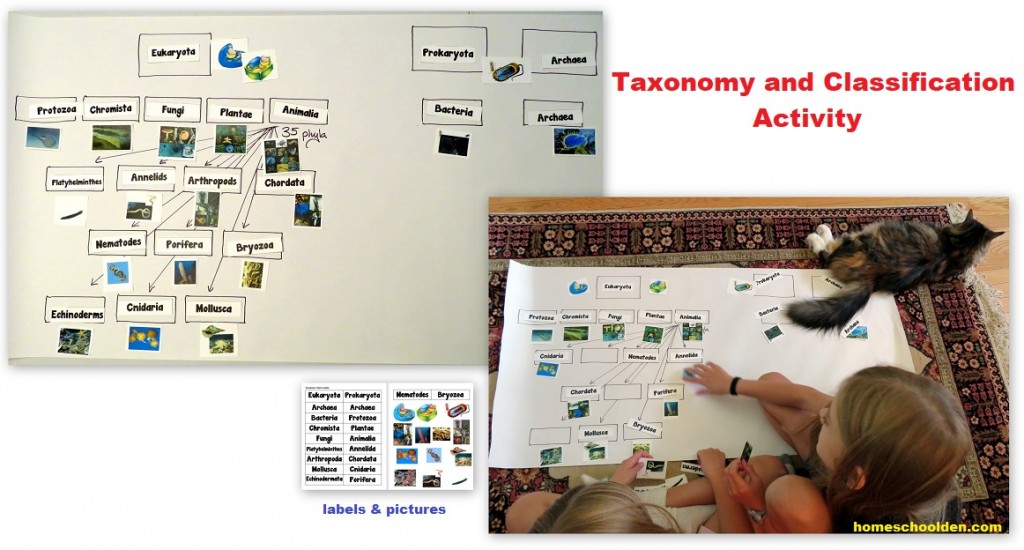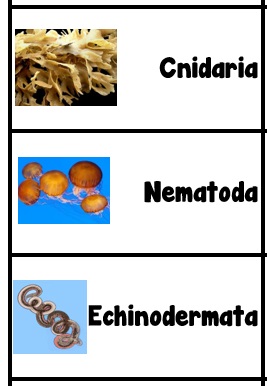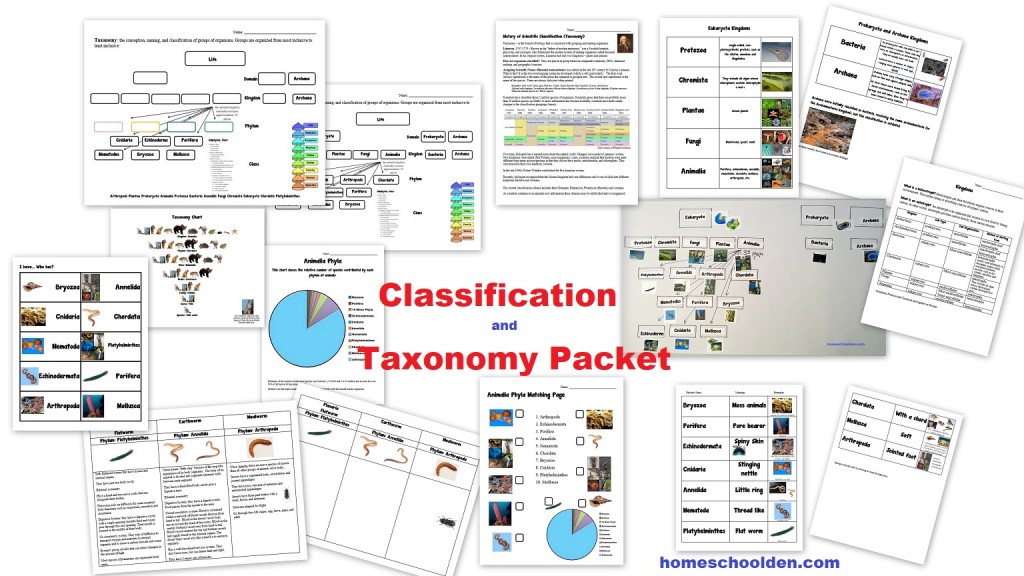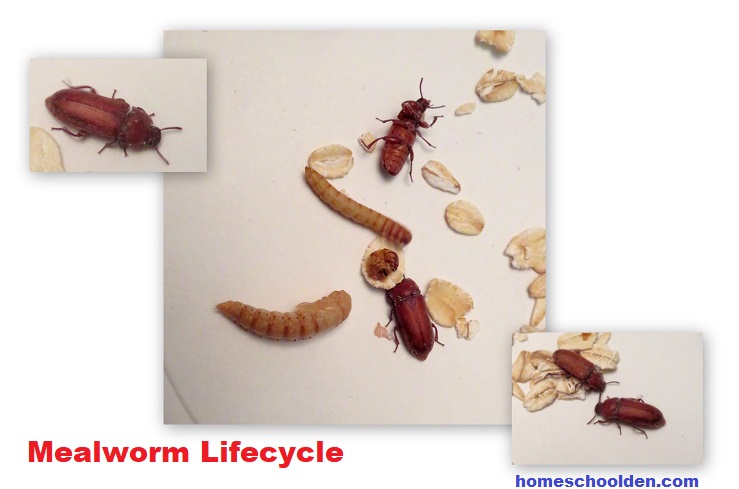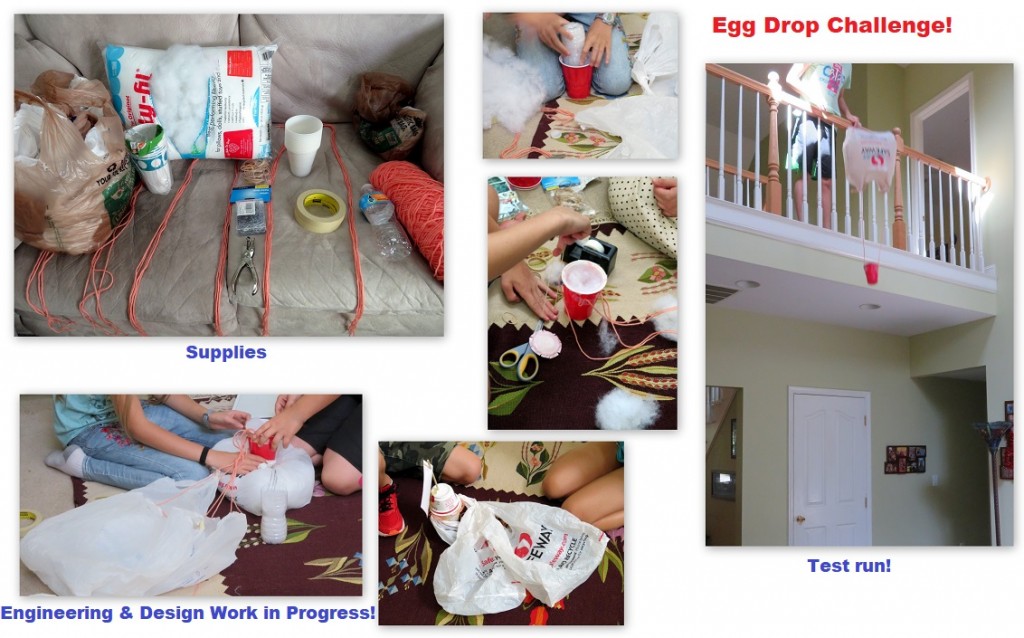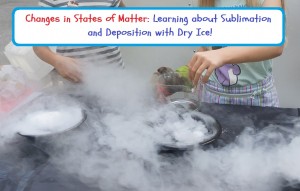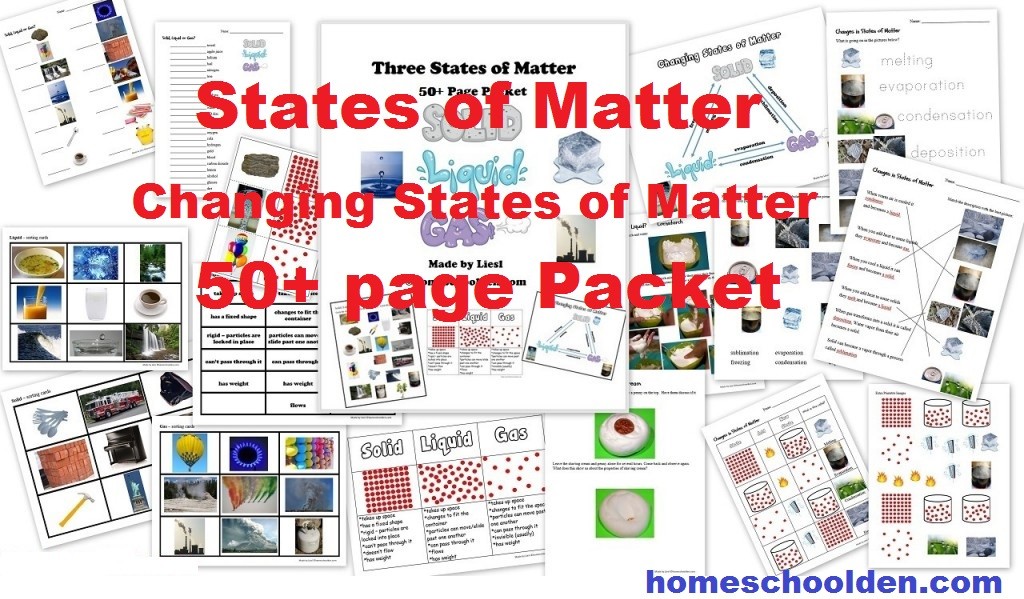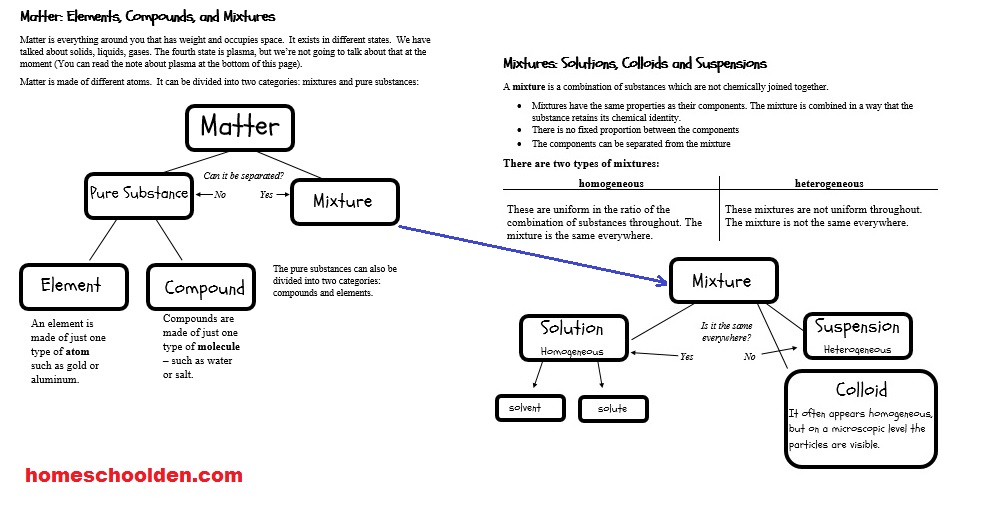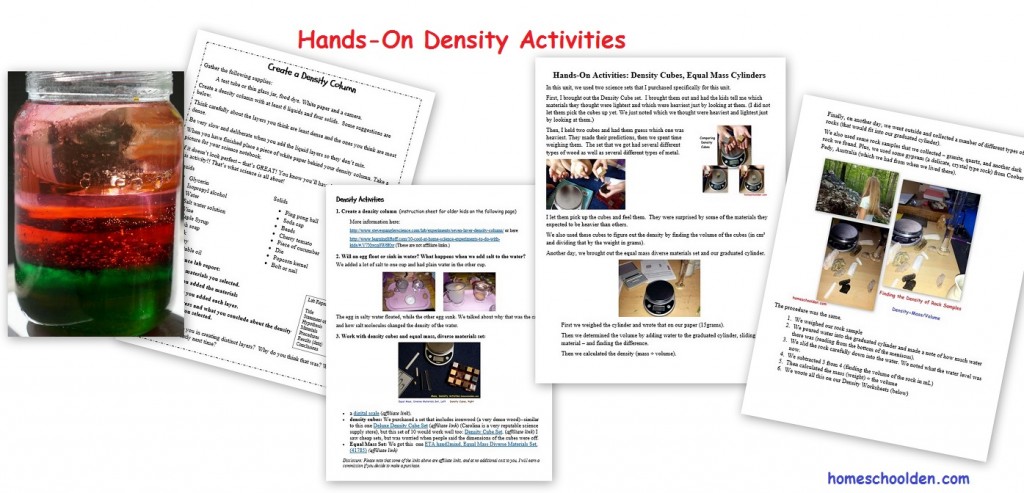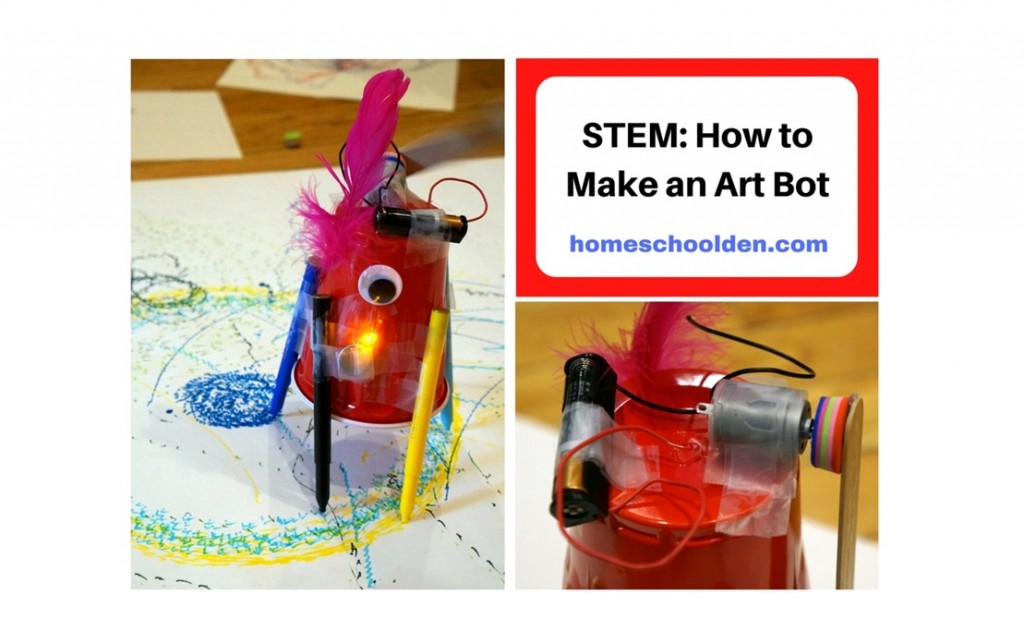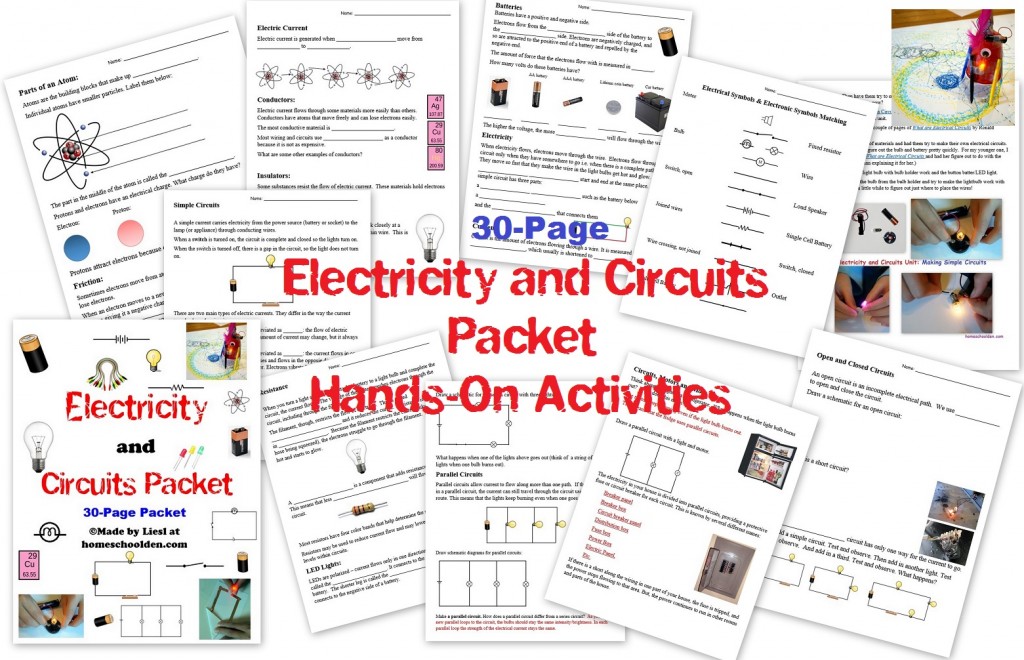Science Club, Week 3: Taxonomy and Classification, Engineering Challenge
In the third week of our science club, we spent quite a bit of time talking about Taxonomy and Scientific Classification. We had touched on it the previous week, but this time we went into much more detail.
We had already talked about Linnaeus and his role in developing the classification system. We also talked about how much it has changed – especially in just the last 15 or 20 years!
Taxonomy Chart: Domain Kingdom Phylum
To get ready for this activity, I created 4 huge blank charts on butcher paper. If you look at the photo below with my girls, you can see it’s pretty large. That way they could place the labels and photos down as we talked about the different groups.
We worked on filling out the domains, kingdoms and phyla together. (My kids had gone over this quite a number of times over the course of the week, so were able to help out).
We talked about the difference between eukaryotic and prokaryotic cells. Eukaryotic cells are considerably larger (almost 10x larger) than prokaryotic cells. Also, eukaryotes have cell organelles (such as a nucleus and mitochondria). In prokaryotic cells, the DNA is not contained in a nucleus.
They put down the labels for the three domains.
Then they found the 7 kingdoms – both the labels and the pictures. (We have protozoa and chromista separate since they are now considered to be quite distinct as chromista has chlorophyll A and C while most protozoa are heterotrophs.)
Finally, we went over 10 of the 35 animalia phyla and matched the picture with the name.
We had a couple of different activities to try to help the kids become familiar with many of the Animalia phyla & their groups.
I Have, Who Has? – We played a game with cards to learn the Animalia phyla. We cut out all the cards and passed them out. Someone would say, Who has Cnidaria? The person who had a picture of Cnidaria (jellyfish) would say I have Cnidaria and then they would read the word and say, Who has Nematoda? The person with the picture of roundworms would say I have Nematoda who has…
After several rounds of that game, they filled in a classification chart worksheet and did a quick Animal phyla matching page.

Before we went on to our engineering activity, the kids spent time observing the Planaria under the microscope and we talked a little more about them. They drew pictures in their science notebooks. Planaria have just one opening into a digestive cavity. Food and waste both pass in and out of its “mouth.” Another neat fact is that planaria will regenerate even if it is cut into up to 270 pieces!!
We took two planaria and cut them in half. We’ll see next week what they look like!
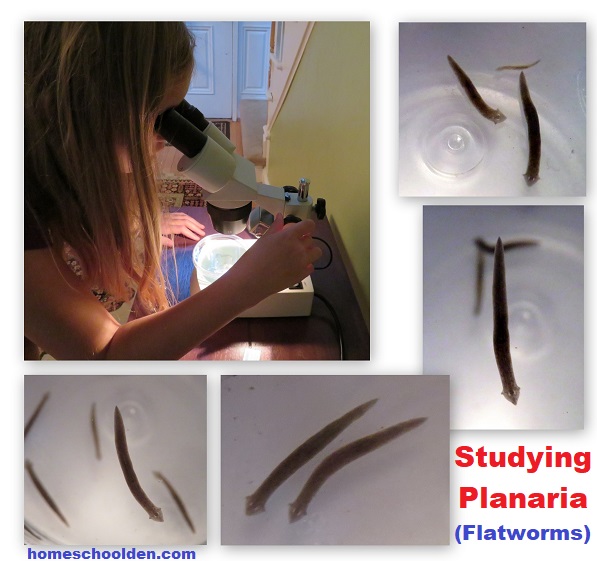
Next we moved into our Engineering Challenge.
The kids were excited to hear we would be doing the egg drop challenge!
I had a number of materials for them on the couch. The kids teamed up and used plastic bags, yarn, tape, rubber bands, cups, stuffing (for pillows), a hole punch, scissors and/or plastic water bottles to create a parachute contraption for their egg.
They had about twenty or twenty-five minutes to design and build their parachute.
Then they took turns dropping it out the window of the room above our garage!
Two teams’ egg survived; two teams’ egg didn’t. 🙁
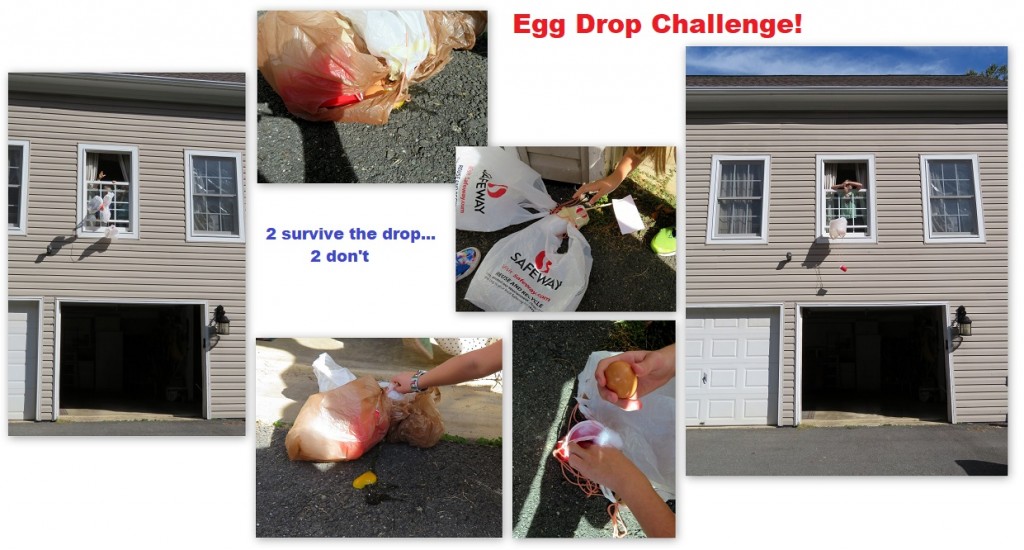
See you again soon here or over at our Homeschool Den Facebook Page! Don’t forget to Subscribe to our Homeschool Den Newsletter. You might also want to check out some of our resources pages above (such as our Science, Language Arts, or History Units Resource Pages) which have links to dozens of posts. You might want to join our free Homeschool Den Chat Facebook group. Don’t forget to check out Our Store as well.

You might be interested in checking out some of the science activities we did last fall. Here are links to some of those posts:
Last fall, I wanted to focus on Chemistry again. We had done a unit on the Periodic Table the year before and I knew that I wanted to go over some topics we skimmed over. We started with a unit on the States of Matter. This was a fun unit for everyone because we did a number of hands-on activities:
We focused quite a bit of time on the changing states of matter and had a lot of fun learning about sublimation and deposition!
|
Chemistry (Middle School):We then dove deeply into the Physical and Chemical Properties of Matter. Just as scientists classify the living world, they also divide the non-living world into categories. We looked closely at matter: pure substances and mixtures.
You can find out more about our Physical and Chemical Properties of Matter Unit here: ——————————————————————————- Other Chemistry Posts: Last Year (Fall 2015) My older kids did a study of the periodic table:
While my younger daughter (She was in Grade 2) used Real Science-4-Kids Chemistry pre-Level I (affiliate link) and did a lot of science experiments to go along with that.
|
Electricity and Circuits Unit We were all *really* excited to dive into this unit because we had so many hands-on activities planned!
|
Next, it was time to start studying the Human Body again! We went on to review the organelles of the cell Study of Cells Packet and human cells, tissues, organs and the body systemsThen after our winter break, we had a blast with our circulatory system unit!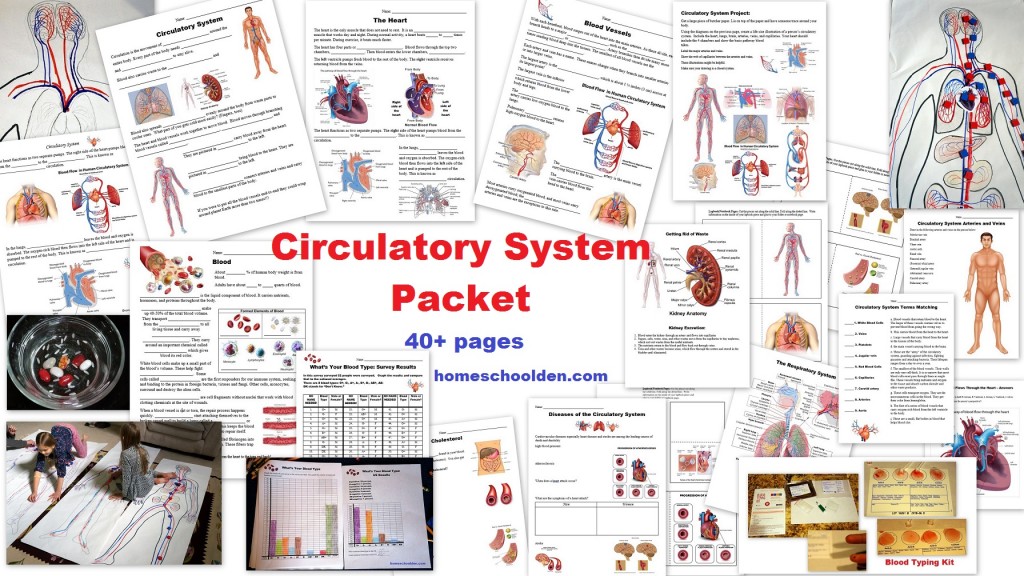  In January, the girls also did Winter, Polar Unit (why does winter occur, Arctic vs. Antarctic, Polar Animals etc.) in the New Year. The girls enjoyed that. 🙂 In January, the girls also did Winter, Polar Unit (why does winter occur, Arctic vs. Antarctic, Polar Animals etc.) in the New Year. The girls enjoyed that. 🙂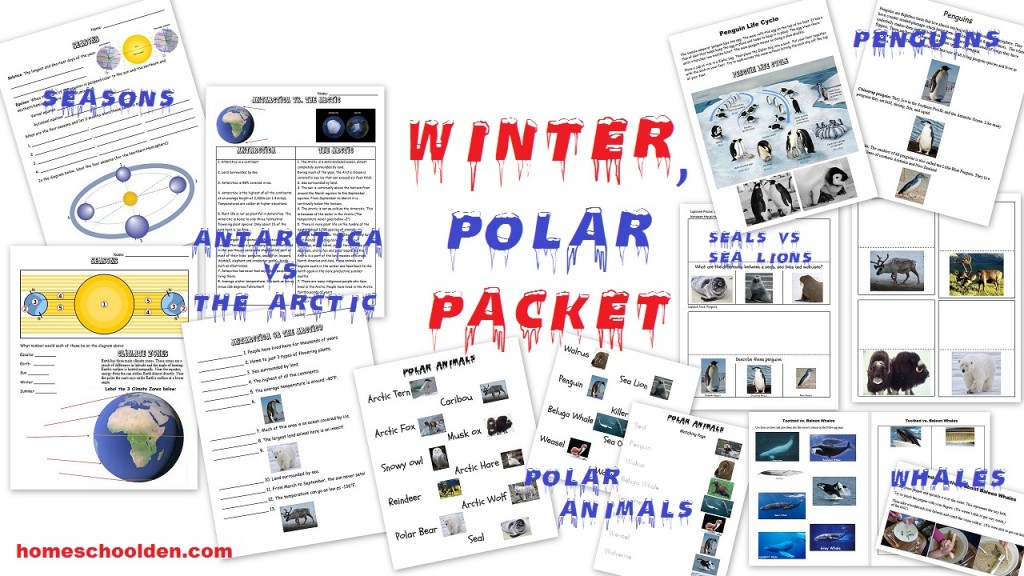 |
Disclosure: Please note that some of the links in this post are affiliate links, and at no additional cost to you, I will earn a commission if you decide to make a purchase.
